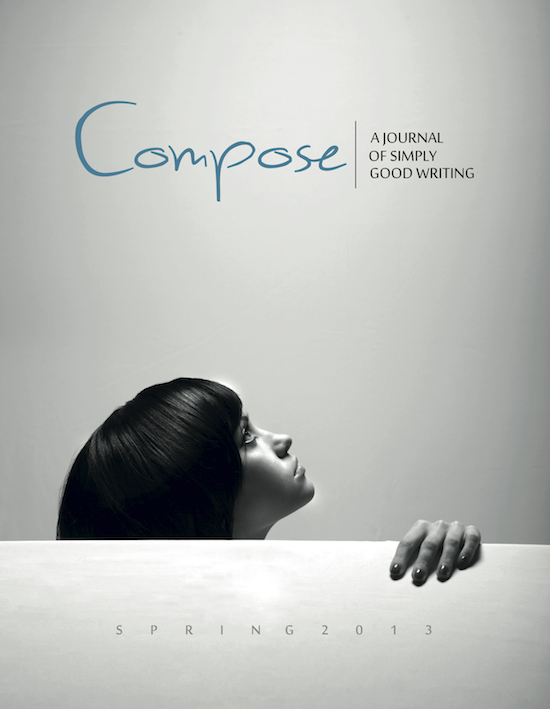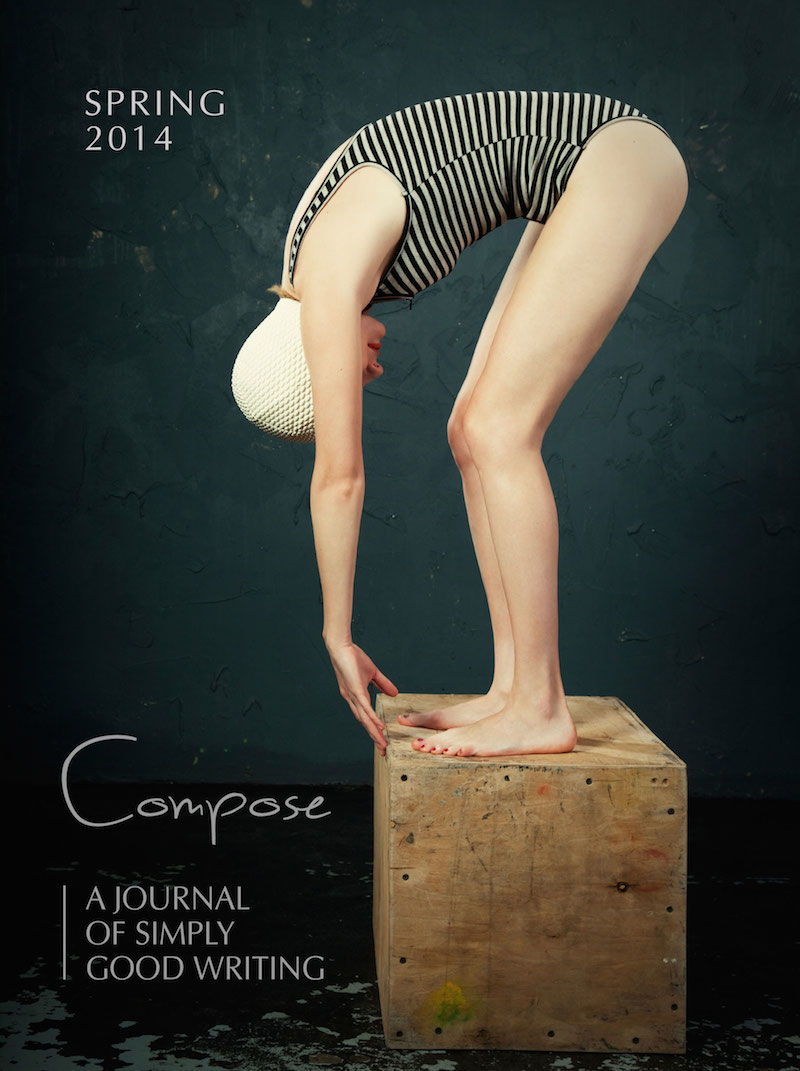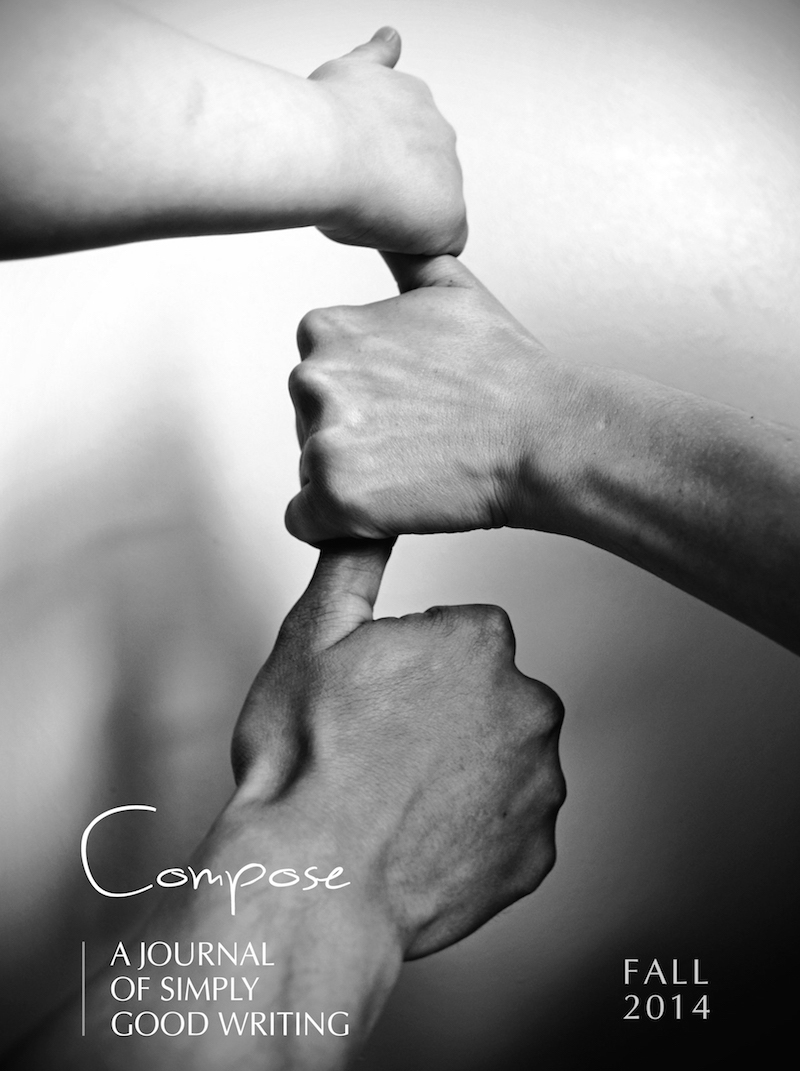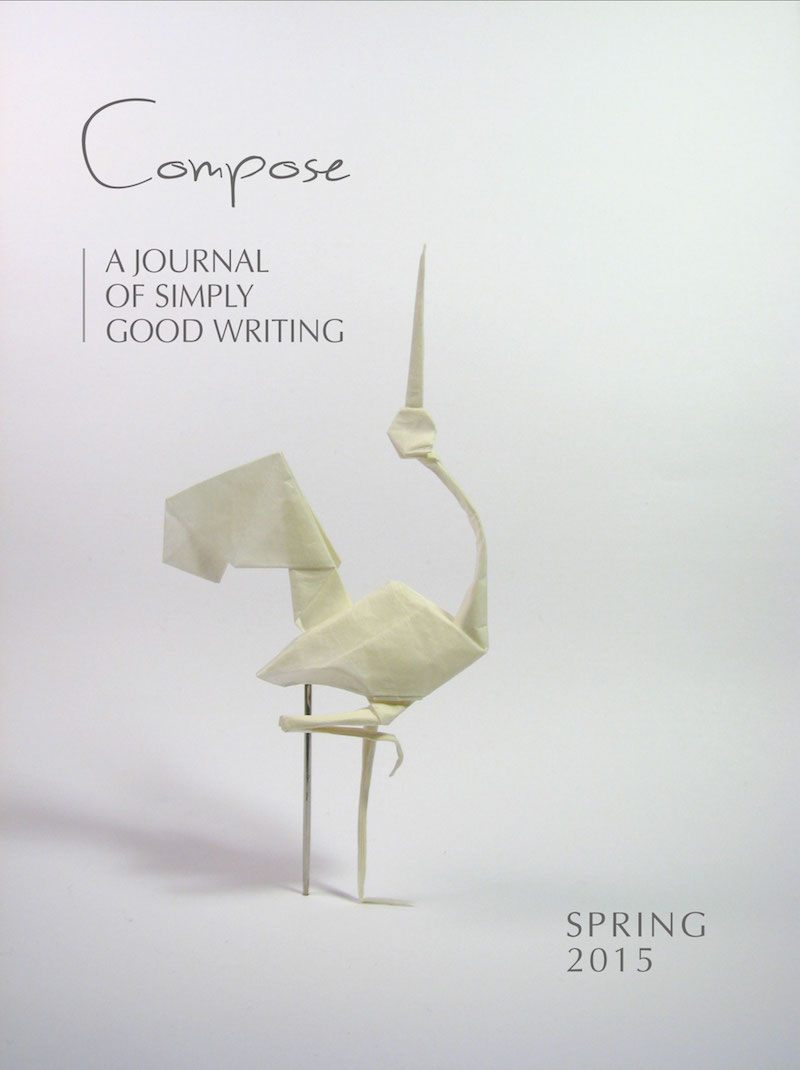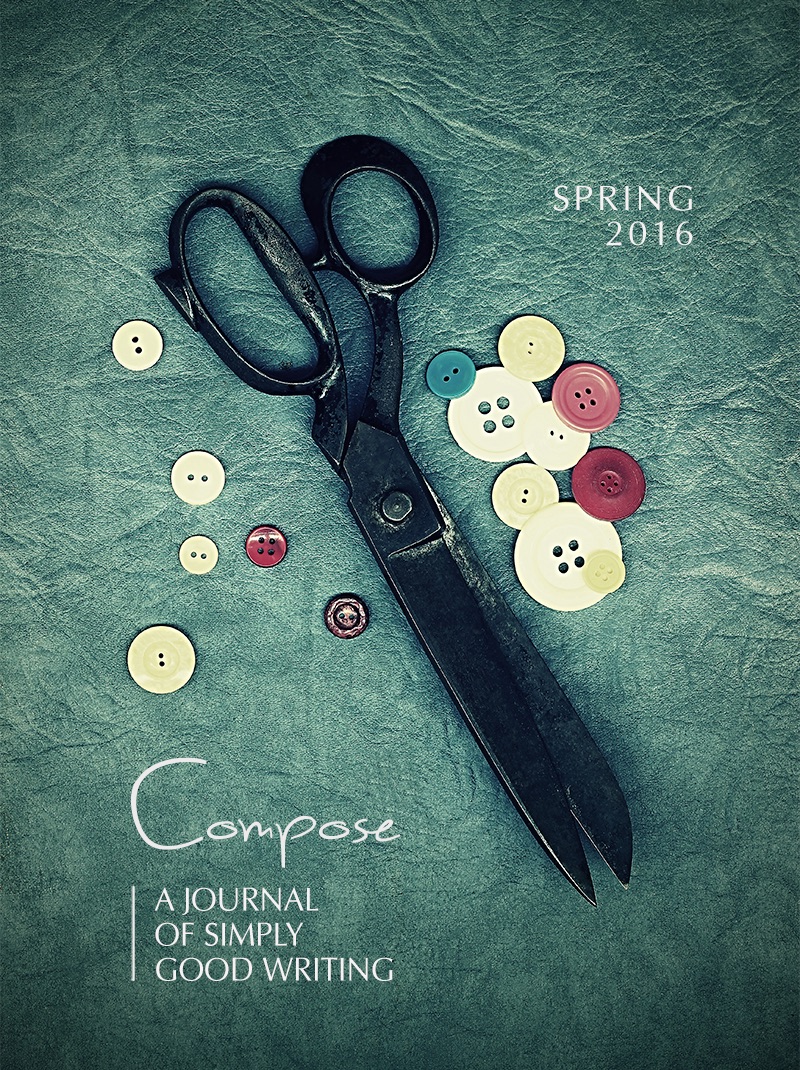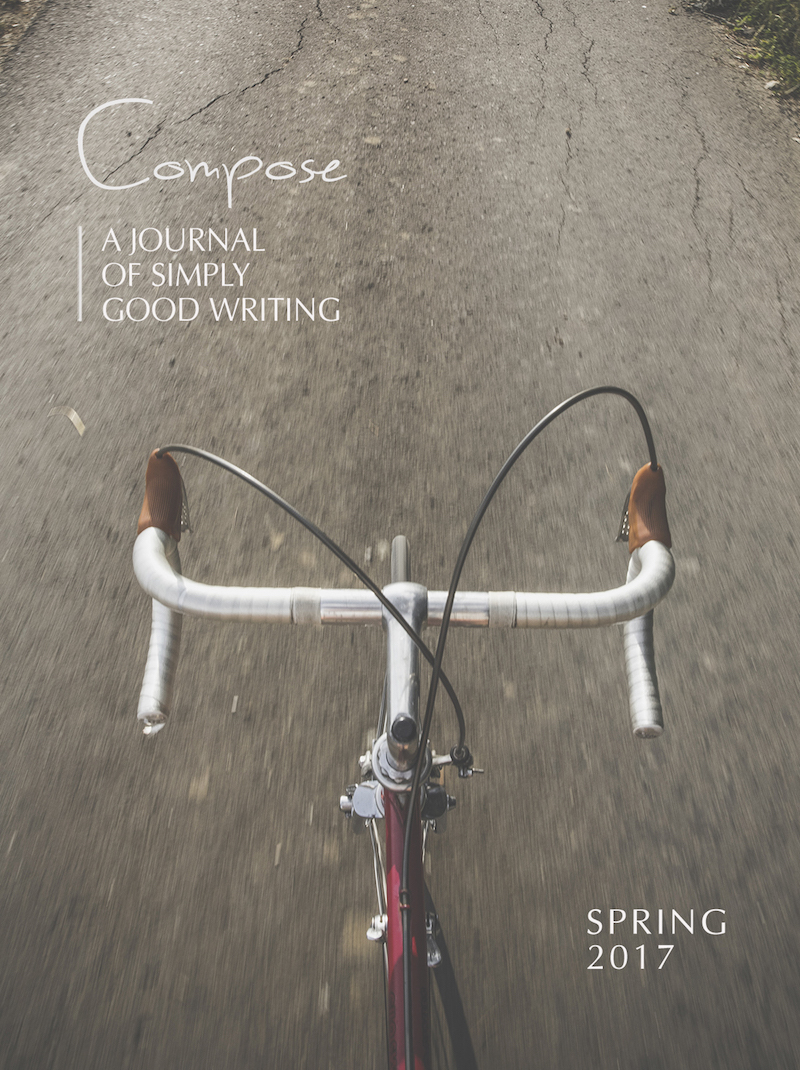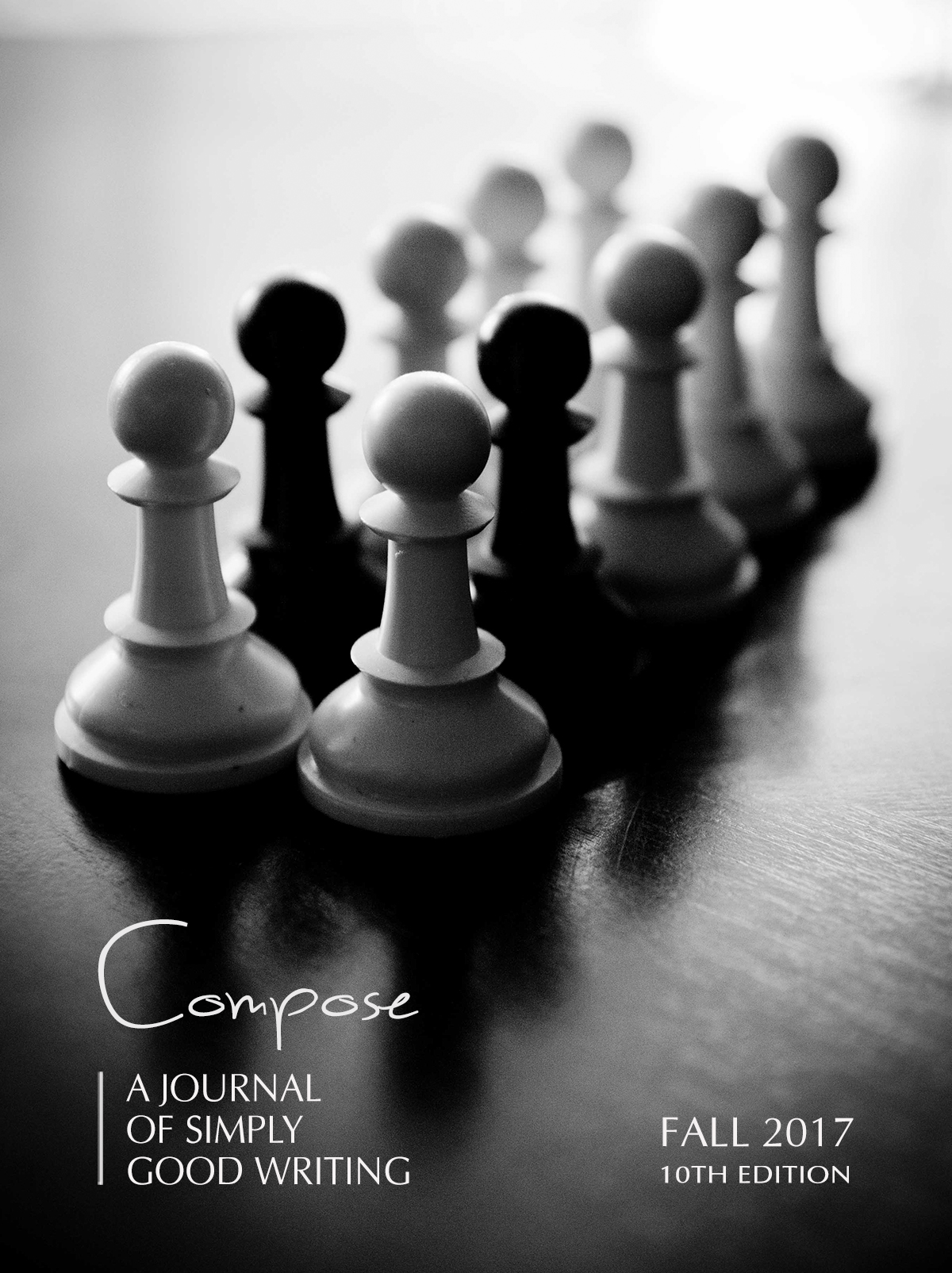Sunday at the Ortaköy Mosque
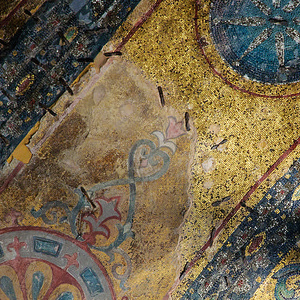
We’re tourists here, sightseers, although my partner’s Muslim so I guess maybe he’s a little less of a tourist than some of the rest of us. We sit with our backs against the wall to the side of the wide open floor, camera in his hand, maroon and teal shawl draped over my head. This particular mosque is from the later Ottoman period and done in a French style by the same architect who designed one of Istanbul’s palaces: lots of pink, lots of crystal chandeliers, mural paintings on the high domed ceiling. A few men pray towards Mecca while us lurkers hang towards the back.
One girl, probably around six or seven years old, sits beside her father, imitating his movements as he prays. She watches him and does everything on a two or three second lag, uncoordinated, rolling around on the carpet and flailing her arms about, ponytail bouncing. Her giggles are muffled in this carpeted space. In another context, she could easily be in a children’s gymnastics class or at a dance and tumble center. She occasionally bumps into her father in her enthusiasm and he stops to kiss her cheek or smooth back her hair. The tourists, almost every single one of us, are watching her and smiling. A street seller yells outside in the square and a ferry glides along the Bosphorus, passing by the mosque window.
I think: This is peaceful. I think: This isn’t scary at all. I think: Disney would never make Aladdin these days. I think: I want to steal one of these chandeliers. I think: How secure one must be to pray like this in front of so many voyeurs. They bend, kneel, prostrate, rise, repeat. I don’t know enough to know if they are all doing the same motions, just out of synch, or if there are different prayers. The answer is one Google search away on my iPhone, but I want to sink into the atmosphere, not stare at a screen. It stays in my purse.
One of the biggest differences between churches and mosques, we’ve learned in our travels, is that mosques are always open. My partner and I have studied locked iron gates in church courtyards, tested unyielding sanctuary doors; once, we were unceremoniously shooed away from King’s Chapel in Boston by a steel-faced lady when we approached, trying to figure out what the visiting hours were. With mosques, you can stroll right in (provided you follow protocol—shoes off, head covered), although there are sections where men can’t go and I avoid the Friday noon prayer. But today, on Sunday, it’s quiet and relaxing.
Men trickle in and go to the front as the hour moves closer to the evening call to prayer; the little girl loses interest in playing along and instead starts running in circles around the archways that separate the main room from the vestibule. Her socked feet make next to no sound but her squeals of laughter grow with each loop. Still, no one chastises her.
My partner and I check our watches and nod. We gather our things and enter the bright April sunshine through the front doors into the chaos of the square. Behind us, the evening adhan starts. The quivering prayer follows us as we part the sea of people, wind our way through the narrow market pathways, under awnings, past artisan booths and food stands, from one world into another.


